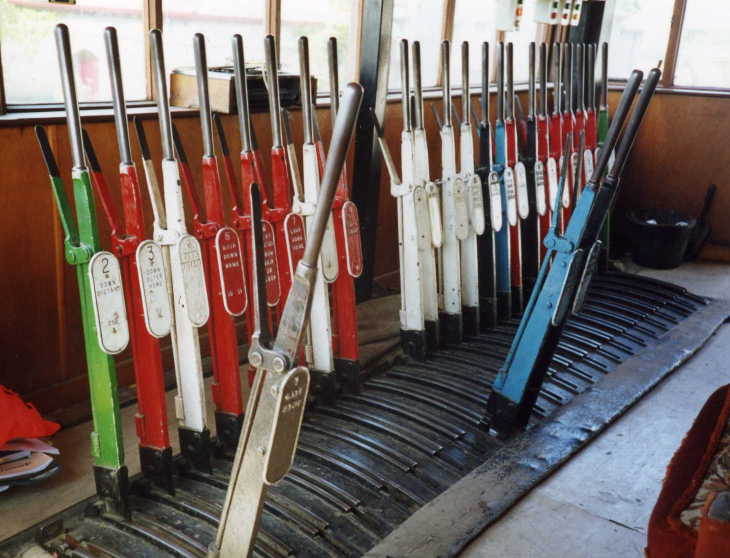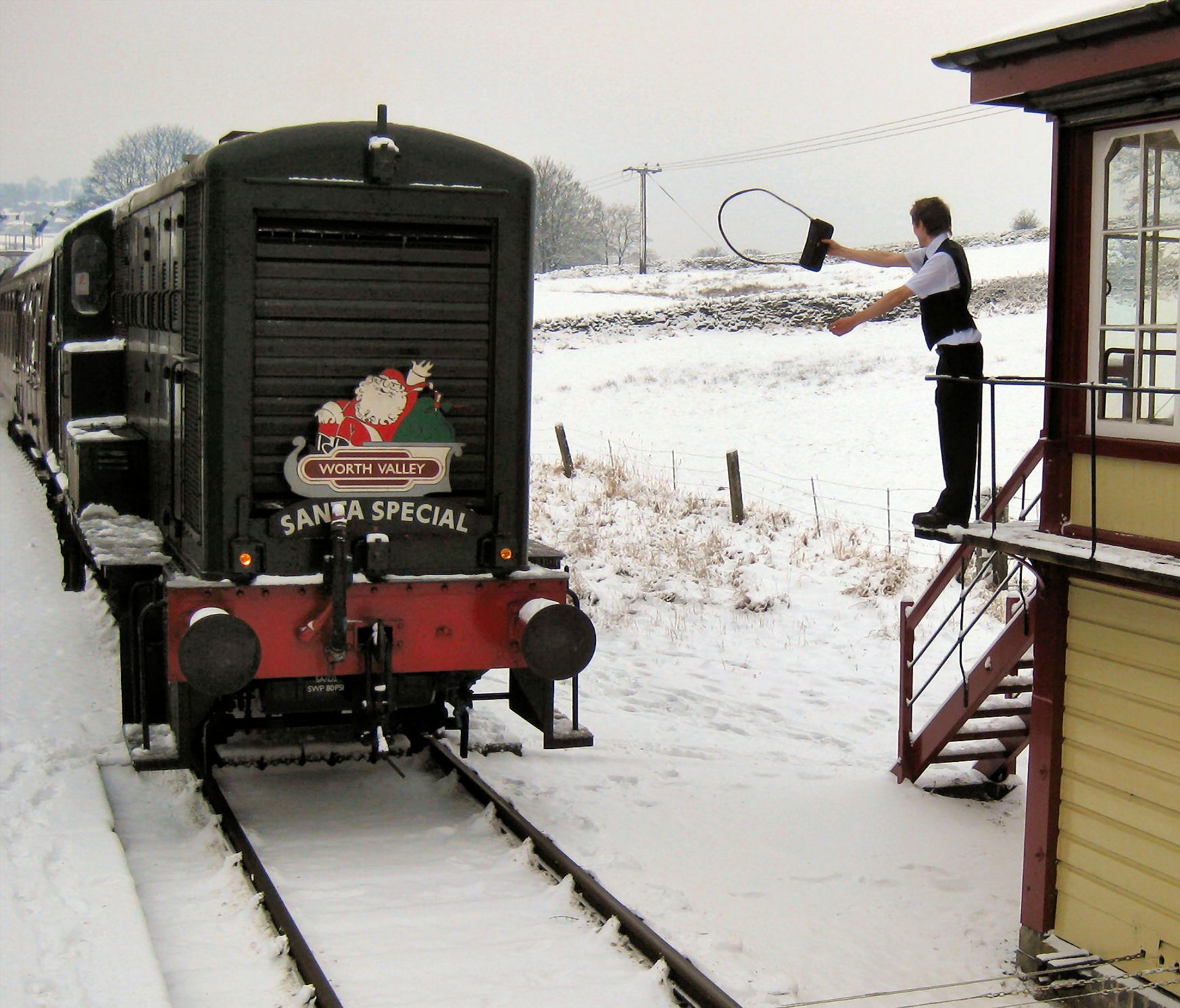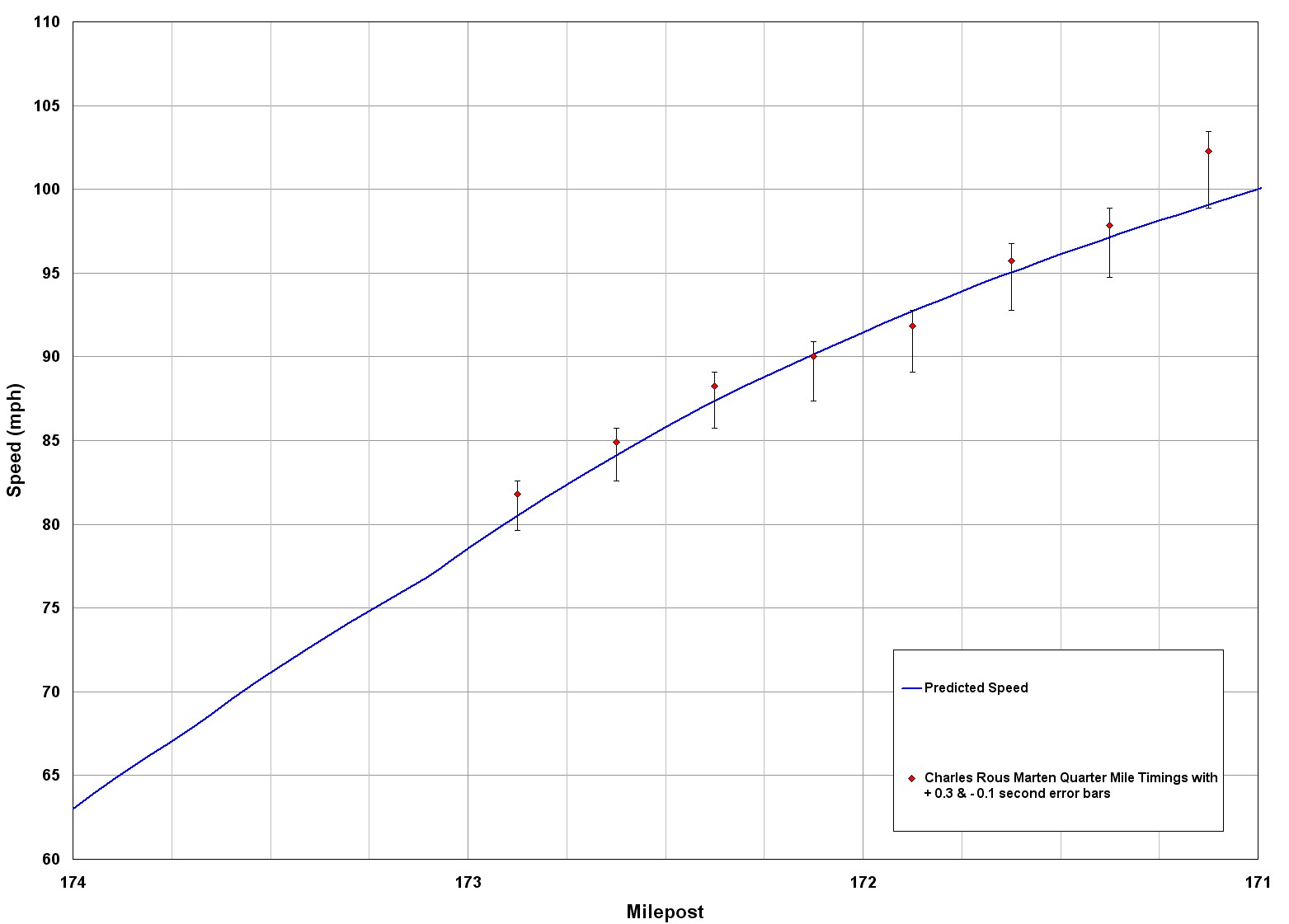|
Gloucestershire And Warwickshire Railway
The Gloucestershire Warwickshire Steam Railway (GWR, GWSR or Gloucs-Warks Steam Railway) is a volunteer-run heritage railway which runs along the Gloucestershire/Worcestershire border of the Cotswolds, England. The GWSR has restored and reopened around of track, operating between and . The most recent extension to Broadway (completed in 2018) involved the company raising £1.38 million. The 28 mile round trip on steam and heritage diesel trains follows part of the route of the former Great Western main line from Birmingham to Cheltenham. The GWSR has a long-term aim of extending a further from Broadway to the national rail network at (where one half of an island platform has since been partly rebuilt for future use). Overview The line was originally part of the Great Western Railway's Cheltenham–Stratford-upon-Avon–Birmingham line, known as the Honeybourne Line, built in 1900–1906, and runs through the Cotswold towns of Winchcombe and Bishop's Cleeve. The line was r ... [...More Info...] [...Related Items...] OR: [Wikipedia] [Google] [Baidu] |
Toddington Railway Station
Toddington railway station serves the village of Toddington in Gloucestershire, England. Since 1984 it has been the main base of operations for the heritage Gloucestershire Warwickshire Railway. The station is located on the Honeybourne Line which linked Cheltenham and and which was opened by the Great Western Railway in 1906. The station was a centre of fruit and milk traffic, but receipts dwindled after a railwaymen's strike in 1955. The station closed to passengers in 1960, although the line itself remained open for freight and diversionary use until 1976; the track was lifted in 1979-80. History On 9 July 1859, the Oxford, Worcester and Wolverhampton Railway opened a line from to . The OW&W became the West Midland Railway in 1860 and was acquired by Great Western Railway in 1883 with a view to combining it with the Birmingham to Stratford Line to create a high-speed route from the Midlands to the South West. The GWR obtained authorisation in 1899 for the constructio ... [...More Info...] [...Related Items...] OR: [Wikipedia] [Google] [Baidu] |
Bishop's Cleeve
Bishop's Cleeve is a large village and civil parish in the Borough of Tewkesbury in the ceremonial county of Gloucestershire, England. Cheltenham. The village lies at the foot of Cleeve Hill, the highest point in the Cotswolds. Bishop's Cleeve had a population of 10,612 in 2011, which has increased to 14,068 in the 2021 Census. The village is located from London, from Gloucester, from Birmingham and from Oxford. The village is also close to the towns of Cheltenham, Tewkesbury, Stratford-upon-Avon, Evesham and Chipping Norton. Etymology The name ''Cleeve'', first attested in the eighth century as ''Clife'', comes from the dative singular form of the Old English word ''clif'' ('at the cliff, bank, steep hill'). The element 'Bishop's' became attached to the name because the estate was owned by the bishops of Worcester. Railway past Bishop's Cleeve was once served by a railway line, a relative latecomer in British railway history, opened on 1 June 1906 by the Great We ... [...More Info...] [...Related Items...] OR: [Wikipedia] [Google] [Baidu] |
Honeybourne Line Cycle Path Bridge - Geograph
Honeybourne is a village and civil parish about east of Evesham in Worcestershire, England. Much of the parish is farmland. RAF Honeybourne just south of the village was operational from 1940 until 1947. History Honeybourne was two villages: ''Church Honeybourne'' was in Worcestershire while ''Cow Honeybourne'' was in Gloucestershire. Their names are derived from Old English ''hunig'', "honey", and ''burna'', "stream", the whole meaning "(places on) the stream by which honey is found"; the first word of ''Cow Honeybourne'' comes from Old English ''calu'', "bare, lacking vegetation". Boundary changes in 1931 moved Cow Honeybourne into Worcestershire and the two parishes were united in 1958. Honeybourne has several historic timber framed and thatched buildings. The Thatched Tavern in Cow Honeybourne has a cruck truss.Pevsner, 1968, page 125 Parish churches In Church Honeybourne the Church of England parish church of Saint Ecgwin was consecrated in 1295.Pevsner, 1968, page 11 ... [...More Info...] [...Related Items...] OR: [Wikipedia] [Google] [Baidu] |
Gloucester Cheltenham RJD 30
Gloucester ( ) is a cathedral city and the county town of Gloucestershire in the South West of England. Gloucester lies on the River Severn, between the Cotswolds to the east and the Forest of Dean to the west, east of Monmouth and east of the border with Wales. Including suburban areas, Gloucester has a population of around 132,000. It is a port, linked via the Gloucester and Sharpness Canal to the Severn Estuary. Gloucester was founded by the Romans and became an important city and ''colony'' in AD 97 under Emperor Nerva as '' Colonia Glevum Nervensis''. It was granted its first charter in 1155 by Henry II. In 1216, Henry III, aged only nine years, was crowned with a gilded iron ring in the Chapter House of Gloucester Cathedral. Gloucester's significance in the Middle Ages is underlined by the fact that it had a number of monastic establishments, including: St Peter's Abbey founded in 679 (later Gloucester Cathedral), the nearby St Oswald's Priory, Gloucest ... [...More Info...] [...Related Items...] OR: [Wikipedia] [Google] [Baidu] |
Signal Box
In signal processing, a signal is a function that conveys information about a phenomenon. Any quantity that can vary over space or time can be used as a signal to share messages between observers. The '' IEEE Transactions on Signal Processing'' includes audio, video, speech, image, sonar, and radar as examples of signal. A signal may also be defined as observable change in a quantity over space or time (a time series), even if it does not carry information. In nature, signals can be actions done by an organism to alert other organisms, ranging from the release of plant chemicals to warn nearby plants of a predator, to sounds or motions made by animals to alert other animals of food. Signaling occurs in all organisms even at cellular levels, with cell signaling. Signaling theory, in evolutionary biology, proposes that a substantial driver for evolution is the ability of animals to communicate with each other by developing ways of signaling. In human engineering, signal ... [...More Info...] [...Related Items...] OR: [Wikipedia] [Google] [Baidu] |
Ground Frame
Mechanical railway signalling installations rely on lever frames for their operation to interlock the signals, track locks and points to allow the safe operation of trains in the area the signals control. Usually located in the signal box, the levers are operated either by the signalman or the pointsman. The world's largest lever frame is believed to have been in the Spencer Street No.1 signal box in Melbourne, Australia, which had 191 levers, but was decommissioned in 2008. The largest, currently operational, lever frame is located at Severn Bridge Junction in Shrewsbury, England, and has 180 levers; although most of them have now been taken out of use. Overview The lever frame is located in the signal box, which can be a building at ground level or a tower, separated from or connected to an existing station building. Early lever frames were also built as ''ground frames'' next to the track, without any form of shelter and were usually operated by traincrew and not pe ... [...More Info...] [...Related Items...] OR: [Wikipedia] [Google] [Baidu] |
Token (railway Signalling)
In railway signalling, a token is a physical object which a train driver is required to have or see before entering onto a particular section of single track. The token is clearly endorsed with the names of the section it belongs to. A token system is more commonly used for single lines because of the greater risk of collision in the event of a mistake being made by a signaller or traincrew, than on double lines. Principle The operation of a bidirectional single track line has the hazard of two trains colliding. The simplest way to prevent such collisions is to have only one train in the section at any given time. Such a system is known as "one-engine-in-steam” (OES) or “one-train working" (OTW). This system is used on some branches of rail networks, and on heritage railways. The main disadvantage is that it restricts the number of train movements that can be made. For a larger railway system, it becomes exceptionally limiting in the level of operations that it allows, ... [...More Info...] [...Related Items...] OR: [Wikipedia] [Google] [Baidu] |
Broadway, Worcestershire
Broadway is a large village and civil parish in the Cotswolds, England, with a population of 2,540 at the 2011 census. It is in the far southeast of Worcestershire, close to the Gloucestershire border, midway between Evesham and Moreton-in-Marsh. It is sometimes referred to as the "Jewel of the Cotswolds". Broadway village lies beneath Fish Hill on the western Cotswold escarpment. The "broad way" is the wide grass-fringed main street, centred on the Green, which is lined with red chestnut trees and honey-coloured Cotswold limestone buildings, many dating from the 16th century. It is known for its association with the Arts and Crafts movement, and is in an area of outstanding scenery and conservation. The wide High Street is lined with a wide variety of shops and cafes, many housed in listed buildings. The village also featured in the 2018 video game '' Forza Horizon 4''. History Broadway is an ancient settlement whose origins are uncertain. There is documentary evidence of ac ... [...More Info...] [...Related Items...] OR: [Wikipedia] [Google] [Baidu] |
GWR 3700 Class 3440 City Of Truro
GWR 3700 Class 3440 ''City of Truro'' is a 4-4-0 steam locomotive built in 1903 for the Great Western Railway (GWR) at Swindon Works to a design by George Jackson Churchward. It was partially rebuilt in 1911 and 1915, and renumbered 3717 in 1912. Although it is a point of contention, some believe the locomotive to be the first to attain a speed of during a run from Plymouth to London Paddington in 1904. Construction and modifications The locomotive was the eighth of a batch of ten locomotives forming part of the GWR 3700 (or 'City') Class, and was delivered from Swindon Works in May 1903. All ten were named after cities on the GWR system; this batch was originally numbered 3433–42, ''City of Truro'' being 3440; like most GWR 4-4-0s, they were renumbered in December 1912, this batch becoming 3710–19 of which ''City of Truro'' became 3717. The locomotives were fitted with superheaters in 1910–12, ''City of Truro'' being so treated in September 1911. This changed its ap ... [...More Info...] [...Related Items...] OR: [Wikipedia] [Google] [Baidu] |
LNER Class A3 4472 Flying Scotsman
LNER Class A3 4472 ''Flying Scotsman'' is a 4-6-2 Pacific steam locomotive built in 1923 for the London and North Eastern Railway (LNER) at Doncaster Works to a design of Nigel Gresley. It was employed on long-distance express East Coast Main Line trains by the LNER and its successors, British Railways Eastern and North-Eastern Regions, notably on the London to Edinburgh '' Flying Scotsman'' train service after which it was named. The locomotive set two world records for steam traction, becoming the first steam locomotive to be officially authenticated as reaching on 30 November 1934, and then setting a record for the longest non-stop run by a steam locomotive when it ran on 8 August 1989 while in Australia. Retired from regular service in 1963 after covering 2.08 million miles, ''Flying Scotsman'' enjoyed considerable fame in preservation under the ownership of, successively, Alan Pegler, William McAlpine, Tony Marchington, and finally the National Railway Museum (NRM ... [...More Info...] [...Related Items...] OR: [Wikipedia] [Google] [Baidu] |
Diesel Multiple Units
A diesel multiple unit or DMU is a multiple-unit train powered by on-board diesel engines. A DMU requires no separate locomotive, as the engines are incorporated into one or more of the carriages. Diesel-powered single-unit railcars are also generally classed as DMUs. Diesel-powered units may be further classified by their transmission type: diesel–mechanical DMMU, diesel–hydraulic DHMU, or diesel–electric DEMU. Design The diesel engine may be located above the frame in an engine bay or under the floor. Driving controls can be at both ends, on one end, or in a separate car. Types by transmission DMUs are usually classified by the method of transmitting motive power to their wheels. Diesel–mechanical In a diesel–mechanical multiple unit (DMMU), the rotating energy of the engine is transmitted via a gearbox and driveshaft directly to the wheels of the train, like a car. The transmissions can be shifted manually by the driver, as in the great majority of first-ge ... [...More Info...] [...Related Items...] OR: [Wikipedia] [Google] [Baidu] |
Anne, Princess Royal
Anne, Princess Royal (Anne Elizabeth Alice Louise; born 15 August 1950), is a member of the British royal family. She is the second child and only daughter of Queen Elizabeth II and Prince Philip, Duke of Edinburgh, and the only sister of King Charles III. Anne is 16th in the Line of succession to the British throne, line of succession to the British throne and has been Princess Royal since 1987. Born at Clarence House, Anne was educated at Benenden School and began undertaking royal duties upon reaching adulthood. She became a respected Equestrianism, equestrian, winning one gold medal in 1971 and two silver medals in 1975 at the European Eventing Championships. In Equestrian at the 1976 Summer Olympics, 1976, she became the first member of the British royal family to compete in the Olympic Games. In 1988, the Princess Royal became a member of the International Olympic Committee (IOC). The Princess Royal performs official duties and engagements on behalf of her brother the K ... [...More Info...] [...Related Items...] OR: [Wikipedia] [Google] [Baidu] |
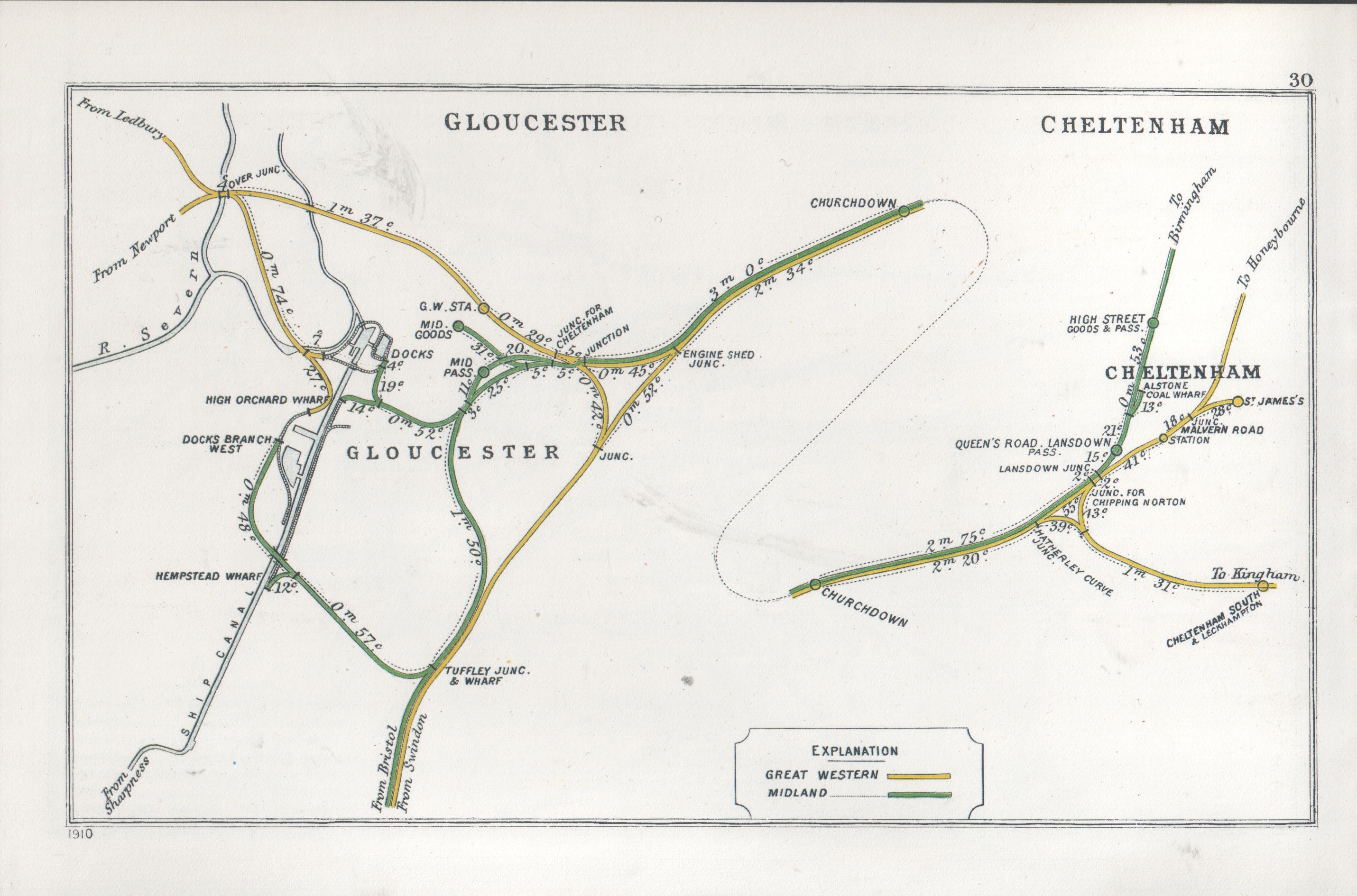
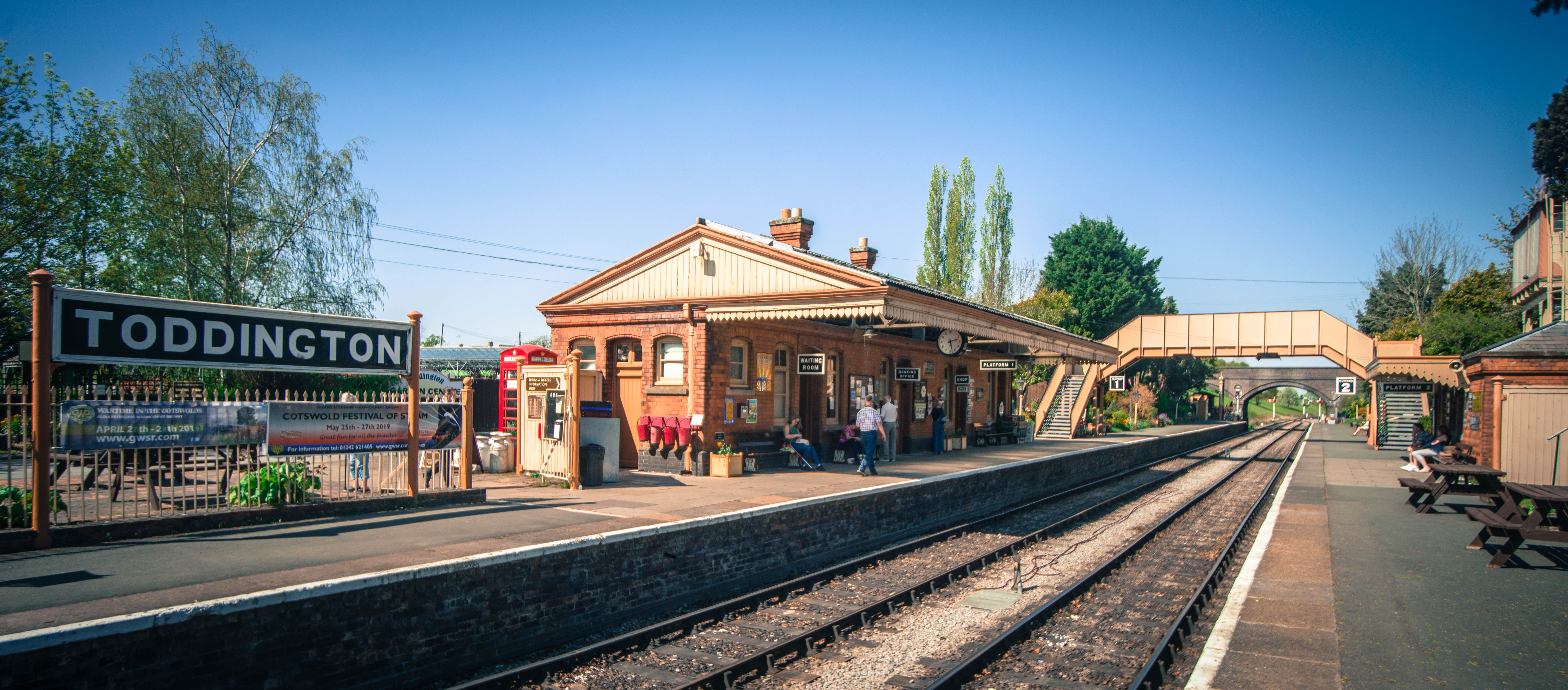


_drawn_and_engraved_under_the_direction_of_Edward_Wedlake_Brayley.jpg)

